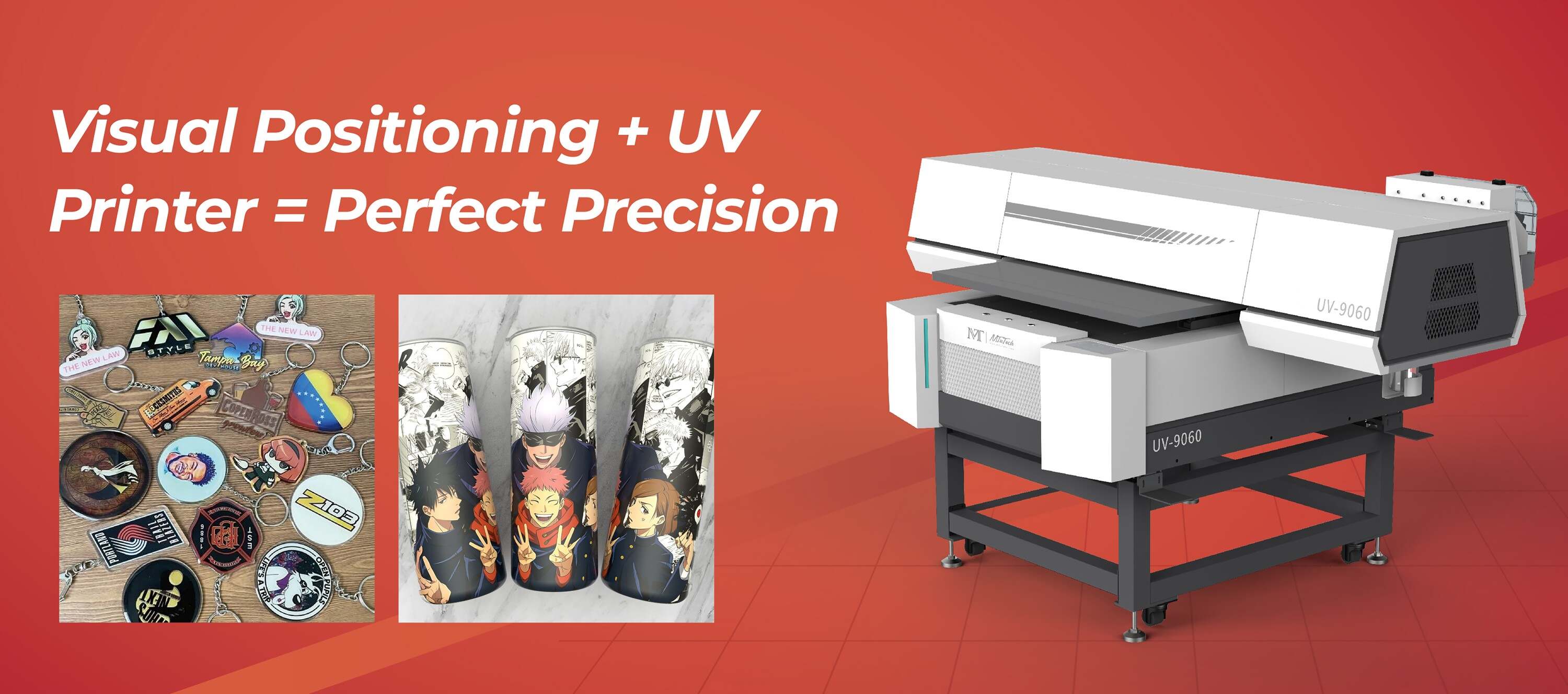Introduction
In today’s fast-paced digital world, graphic designers and artists are constantly seeking innovative ways to showcase their creativity and deliver exceptional products. One of the most groundbreaking technologies that have significantly impacted this industry is the UV printer. Ultraviolet (UV) printing technology offers numerous advantages, making it an essential tool for designers looking to push the boundaries of their craft. In this blog post, we will explore how UV printers empower graphic designers and artists, helping them create stunning, high-quality prints that stand out in a crowded marketplace.
Understanding UV Printing Technology
Before diving into the benefits, it’s crucial to understand what UV printing is. Unlike traditional printing methods, which rely on solvents and dyes, UV printing uses ultraviolet light to cure or dry the ink as it is printed. This process allows for various printing surfaces, from paper and canvas to plastics and metals, making UV printing a versatile option for many creative projects.
Benefits of UV Printers for Graphic Designers
1. Exceptional Print Quality
One of the standout features of UV printing is its ability to produce high-resolution prints with vibrant colors and sharp details. The technology allows for greater color accuracy, ensuring that designs appear as intended. Additionally, the curing process results in prints that are less prone to smudging or fading over time.
2. Versatile Material Compatibility
UV printers offer remarkable flexibility when it comes to the materials they can print on. Graphic designers can experiment with various substrates, including:
PVC and acrylic sheets
Textiles and fabrics
Wood and natural materials
Metals and glass
Paper and cardboard
This material diversity allows artists to broaden their portfolios and appeal to a wider range of clients.
3. Eco-Friendly Printing Solutions
As sustainability becomes increasingly important, UV printing stands out as an environmentally friendly option. The inks used in UV printing are typically free from volatile organic compounds (VOCs), making them safer for both the environment and the people working with them. Additionally, because UV curing dries the ink immediately, there is minimal waste compared to traditional printing methods.
4. Faster Production Times
Speed is crucial in the fast-paced world of graphic design. UV printers significantly reduce production times, allowing designers to quickly fulfill client orders and meet tight deadlines. The instant curing of the ink means the prints can be handled and processed immediately, eliminating the waiting times associated with drying.
5. Enhanced Durability
Prints produced by UV technology are known for their durability. The curing process creates a hard, protective layer over the printed design, making it resistant to scratches, moisture, and UV light. This durability ensures that the end product remains pristine, even in challenging environments, such as outdoor signage or products exposed to sunlight.
Key Features of UV Printers
1. Flatbed vs. Roll-to-Roll Printing
UV printers come in different formats, primarily flatbed and roll-to-roll. Each type has its advantages:
Flatbed Printers: Ideal for rigid materials and heavy substrates, flatbed printers allow for intricate designs on various surfaces, making them perfect for sign-making or custom displays.
Roll-to-Roll Printers: These printers are more suited for flexible materials, such as banners and wallpapers, offering high-speed printing for larger projects.
2. Advanced Color Management
UV printers often come equipped with sophisticated color management systems that give designers precise control over color profiles. This feature is essential for ensuring consistency across multiple prints and aligning final products with digital mockups.
3. Customization Options
Many UV printers allow for additional features such as white ink printing, spot UV coating, and texture effects. These customization options enable artists to create unique products that captivate their audience, further enhancing the potential for creative expression.
Conclusion
UV printing technology has transformed the landscape for graphic designers and artists by offering exceptional quality, versatility, and speed. The ability to print on various materials, coupled with eco-friendly credentials, sets UV printers apart from traditional methods. As designers continue to push the envelope of creativity, UV printers are emerging as indispensable tools that empower them to bring their visions to life. Whether creating signage, promotional materials, or unique artworks, UV printing is revolutionizing how artists and designers approach their craft.
If you're intrigued by the potential of this powerful printing technology, explore our high-quality UV printers here and discover how you can enhance your projects today.
FAQ
What types of designs can be printed using a UV printer?
UV printers can handle a wide variety of designs, including graphics, photographs, and intricate patterns. They are especially effective for high-quality color prints, as well as special effects like gloss and texture.
Are UV print products suitable for outdoor use?
Yes, due to their durability and UV resistance, UV prints are well-suited for outdoor use. The protective layer created during the curing process helps prevent fading and damage from weather conditions.
How long does it take for a UV print to cure?
The curing process for UV prints is nearly instantaneous. As soon as the ink is applied, it is exposed to UV light and cured immediately, allowing prints to be handled right away.
Can UV printers print on flexible materials?
Absolutely! Roll-to-roll UV printers are designed specifically for flexible materials, making them ideal for banners, decals, and other applications that require adaptability.
What makes UV printing more eco-friendly than traditional printing?
UV printing uses inks that are generally free from harmful solvents and VOCs, making them safer for the environment. Additionally, the instant curing process minimizes waste by allowing prints to be handled immediately and reducing the need for excess drying agents.

